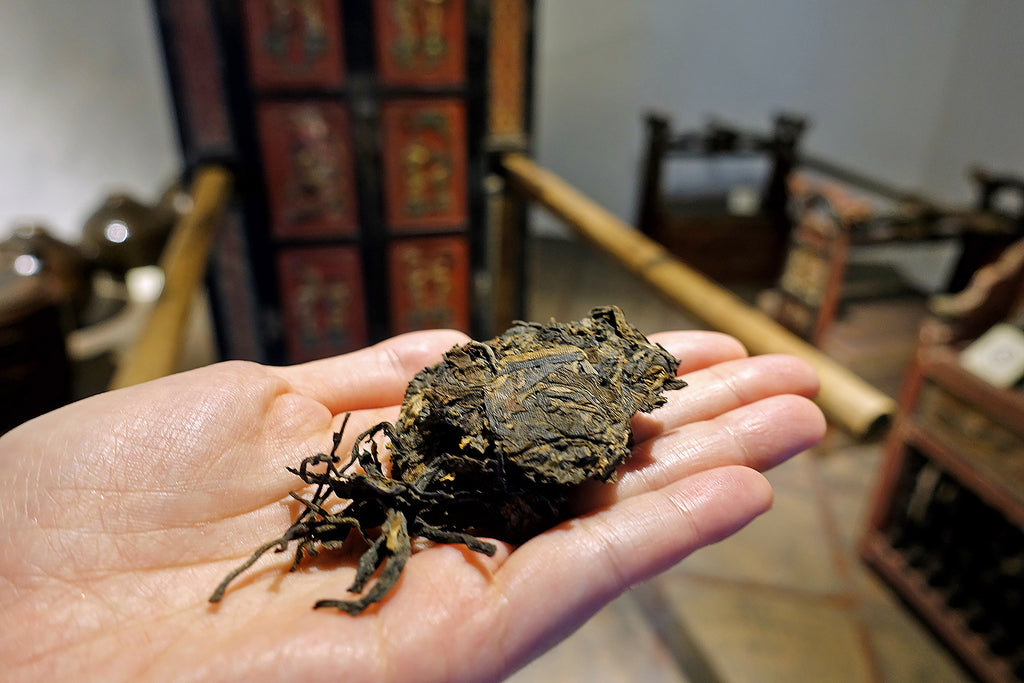普洱如何分生熟?Raw or Ferment Pu-erh?
茶色深棕,味道醇厚,解油膩,就是普洱茶給你的印象嗎?
其實普洱茶的學問不下於紅酒,想了解普洱的話,資料多到看不完。
不如我們由淺入深,從最基本的普洱分類開始——生茶和熟茶。
Pu-erh, a kind of Chinese tea that many people love it.
The knowledge about Pu-erh is no less then red wine.
Let's know more about Pu-erh from the basic classification: Raw Pu-erh and Ferment Pu-erh.

普洱茶根據不同的製作工序分為「生茶」和「熟茶」,「生茶」在採摘後用自然方式陳放,不經過渥堆的工序,味道較清香;「熟茶」則是經過渥堆的工序,令茶性較為溫和。
何謂渥堆?1974年有人發明了這方法,把揉捻後的茶葉堆疊、加菌種、灑水及覆蓋,讓茶葉快速發酵陳化,將以往漫長的自然發酵過程(以年計)縮短至數個月。
生茶採摘後經炒茶和揉捻,顏色較為青綠;熟茶經渥堆法處理,將所需發酵年期縮短,顏色較為暗紅,口感較為醇和。
有種說法是「夏喝生普,冬飲熟普」,因為生普較為清熱解毒解暑,而熟普茶性溫和具暖體養胃功效。
而無論生普或熟普,湯色和味道均會按存放年份及環境而改變。
Both raw and ferment Pu-erh tea come from one of the Yunnan big leaf varieties of the tea plant. Raw Pu-erh does not go through the piling and fermenting process, it is harvested and stored naturally. Tea leaves are more yellow green in colour with full tea aroma.
Ferment Pu-erh does go through a piling process for microbiological fermentation. Tea leaves are in maroon and dark chestnut colour. It is smooth and richmellow.
There is an old saying that goes, "Raw Pu-erh for summer and Ferment Pu-erh for winter". It is because drinking raw pu-erh can drive away body heat better. Whereas drinking ferment Pu-erh in winter can heat up stomach and body.
Both the raw and ferment Pu-erh, tea colour and taste may vary depending on the aging and storage environment.

生普熟普各有滋味,不妨多試幾款看看哪一款合你口味。
Let's try and find your favourite Pu-erh tea!
按下去了解更多:Click to explore:





